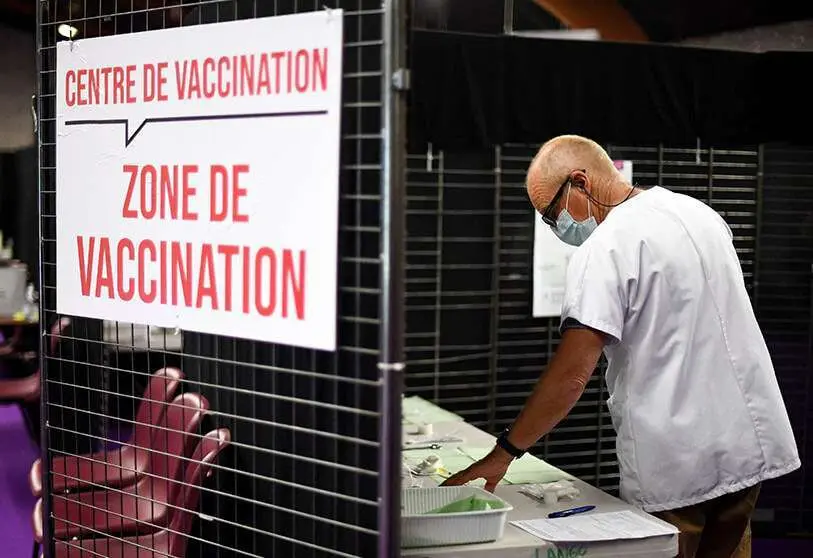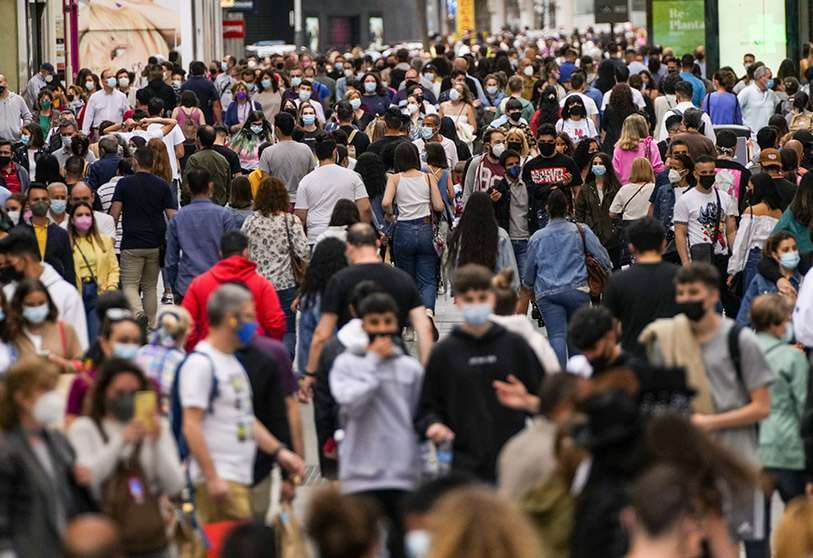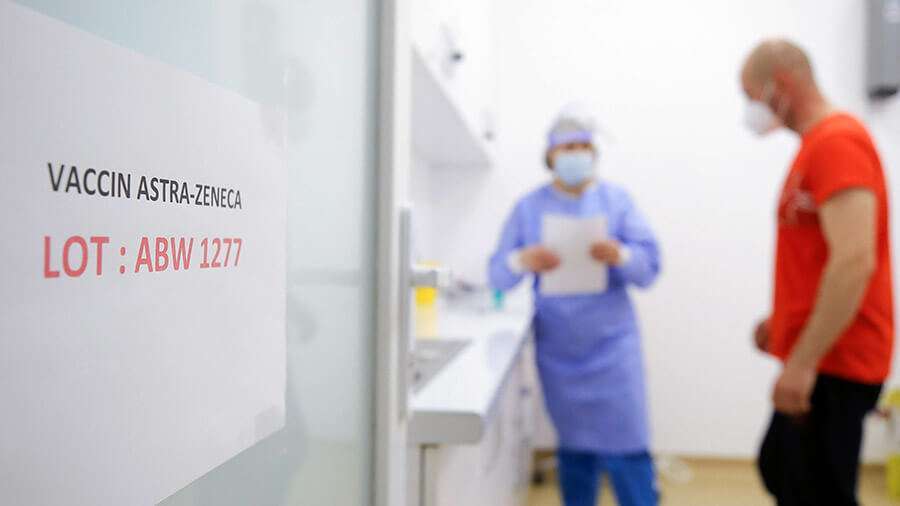A European Union reforming itself

The European Union has experienced many crises in its more than seven decades of existence. Each and every one of them we have overcome thanks to our unity. But this unity is rarely an immediate reflection. On the contrary, our first reaction to a crisis is always centrifugal. We seek refuge in ourselves, in our national institutions, in the strength of our nations. But sooner rather than later, we realise that we are neither the only ones affected, nor are we capable of providing effective responses to transnational problems alone. When this reality sets in, we return to the refuge of European unity and set to work to provide an effective joint response. The COVID crisis has not been an exception to this centrifuge-settlement-unity scheme. But it differs from the other crises, especially the 2008-2012 economic and financial crisis and the 2015 refugee crisis, in that the time between the centrifugal phase and the search for common solutions was less than a month. This may seem trivial, but it is not. It shows that we learn from the mistakes of the past and that, even if this learning is slow, it always allows us to grow in the face of difficulties. Europeans are not defined by crises, but by our ability to overcome them.
The COVID crisis has proved that the European Union is not only a useful but also a necessary instrument. The constellation of measures taken by the EU institutions since the beginning of the crisis has been impressive. Where it has competences, but also where it lacks them. Both in the health and socio-economic spheres. In health, it has been the Member States who have been in the trenches. It could not be otherwise. The European Union has no competences beyond the coordination between Member States introduced by the Maastricht Treaty. This is not to say that the institutions did not act to provide support. The examples are numerous and it is worth recalling some of them because they were unprecedented initiatives in the history of the European Union.
At the onset of the pandemic, the European institutions tendered 2,000,000 euros worth of protective medical equipment and respirators. They created a strategic stockpile of medical equipment at European level. A European dialogue forum was established with the health industry to accelerate production and with other industries to modify their production lines and adapt them to the needs of the crisis. The European green corridors ensured the free movement of medical devices in the internal market in the face of the massive closure of national borders. The common external border was closed. More than 500,000 European citizens in third countries were repatriated. Today we are being vaccinated because the European Union has negotiated multi-million contracts with the pharmaceutical industry in defence of European citizens. All this, which has been done with more successes than failures, shows that where the Union has no competences it is still useful if it acts with agility, activating its competence muscle in other areas to serve the States and citizens.
Moreover, in socio-economic matters, where the European Union has a large number of competences, it has also acted firmly and swiftly. Aware that one of the hallmarks of European identity, our welfare systems, was at risk in the face of the crisis, the European institutions have adopted a series of fundamental measures from the outset. Of these, two stand out for their importance. The first is the activation of the escape clause of the Stability and Growth Pact (which allows debt and deficit criteria to be suspended). The second is the European Central Bank's national bond purchase programme (initially worth 750 billion euros), which still alleviates the economic consequences of the crisis in the member states. There have also been others. A fast-track State Aid procedure to allow Member States to provide budget support where needed. The (almost immediate) release of €37 billion of cohesion funds for the fight against COVID. The European Investment Bank created an additional SME financing facility with a capacity of €200 billion. And the SURE was created, with an endowment of 100 billion euros as a temporary support scheme to reduce the risk of unemployment during the crisis situation, and the ESM, credit lines of up to 240 billion euros to provide liquidity to Member States that request it. Finally, today we already have in place an additional instrument, the European Rescue Fund, which with around 750 billion euros will help states, over the next 6 years, to once again alleviate the tremendous impact of this crisis. These measures show that all the European Union's economic firepower is focused on overcoming the crisis.
Whenever there is a crisis we tend to look for magic formulas, Fierabrás balms that solve the problems. This tendency seems to be accentuated in the new world that social networks and new technologies have discovered for us, where we want solutions and we want them now. But such formulas rarely exist even for this crisis. The measures taken by the European Union in the COVID crisis are fundamental. They are the fruit of a collective effort. They are the fruit of a reformist spirit that beats strongly at the heart of the European project. And in the face of the new challenges that this pandemic and its long-term consequences are sure to bring us, it is essential that the European Union maintains the capacity to reform itself and to innovate constantly in order to be useful and to move forward, which is ultimately the key to the success of this unique project in the world.
Gonzalo de Mendoza Asensi, Law graduate, Master in International Politics, Secretary General of Citizens Pro Europe and EU official.
(This article represents the author's personal opinion only).


